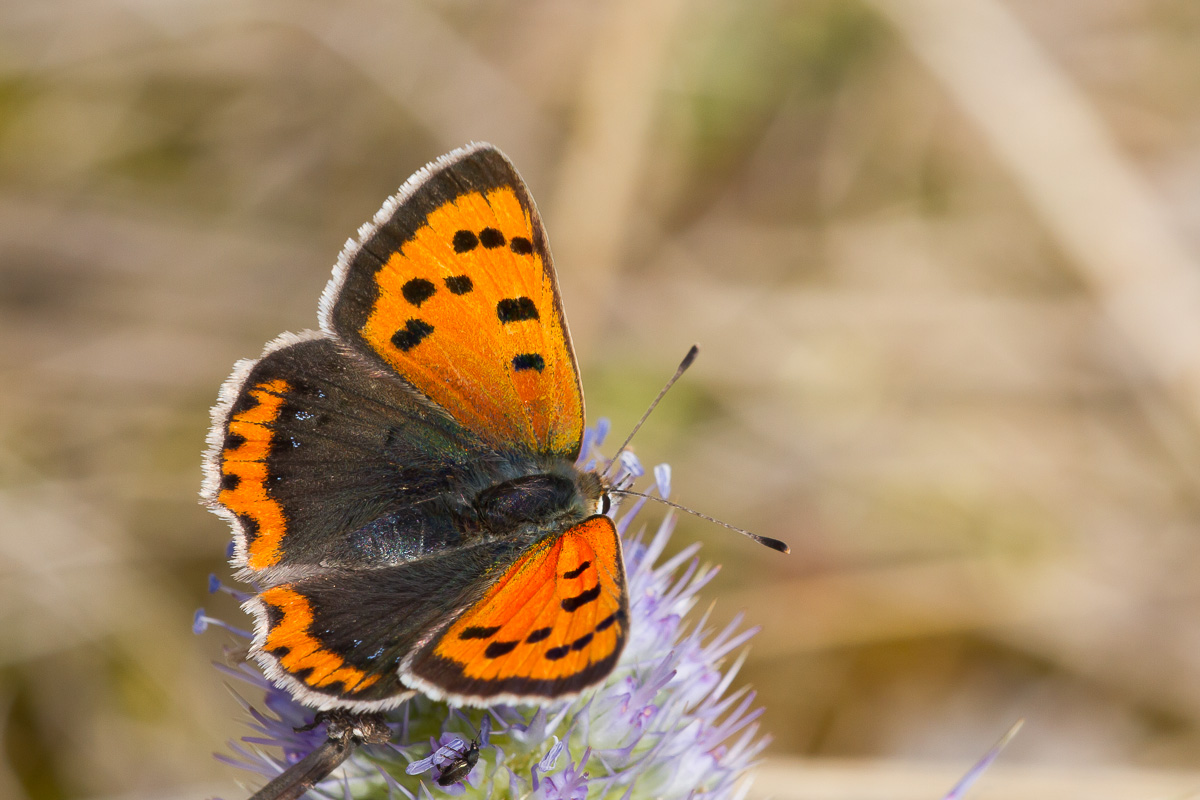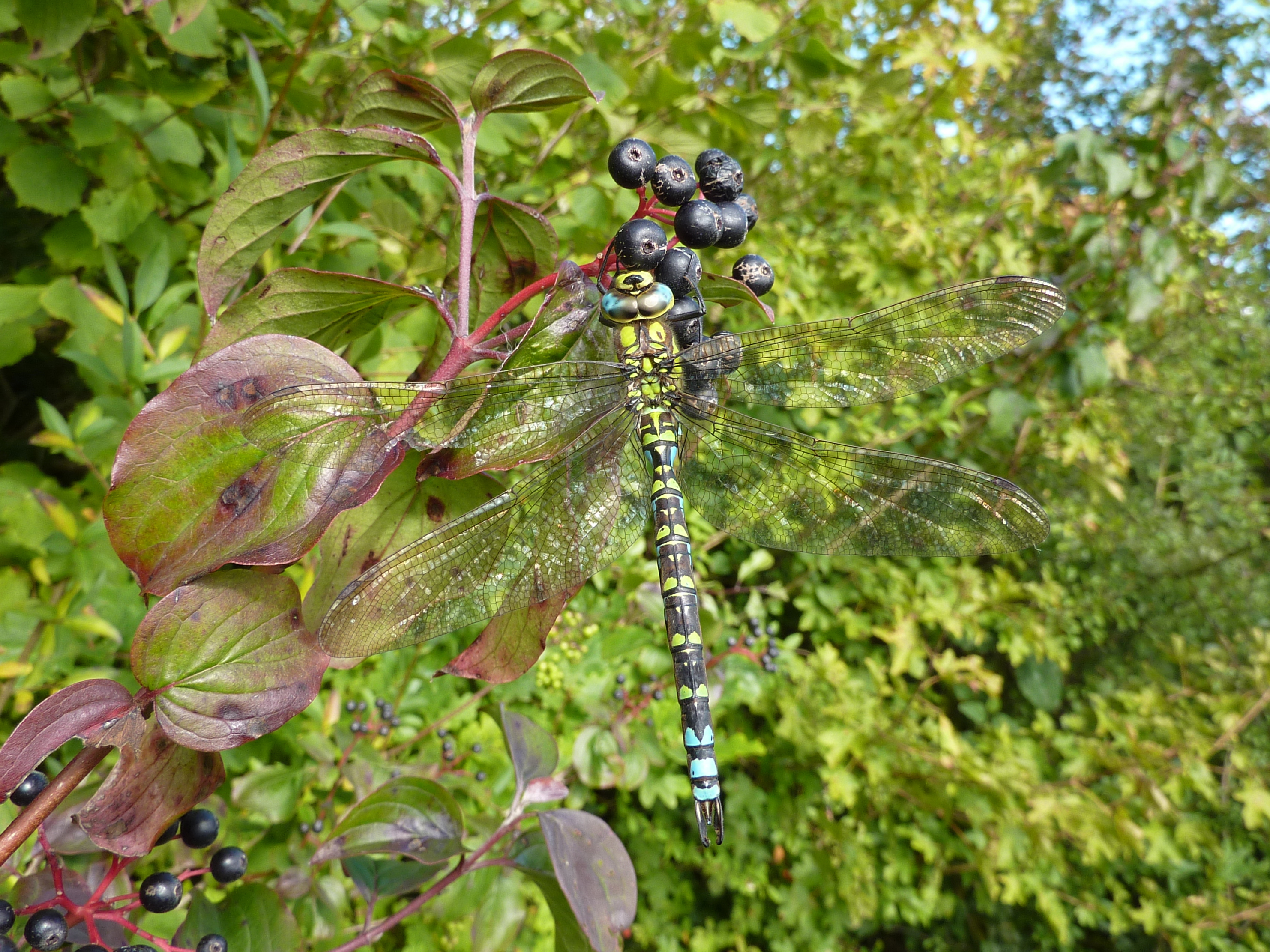Sickleholme Nature Notes
In most respects, September started as an uneventful month with the only obvious development being the early onset of autumn colours due to the dry summer. We then suffered three days of very strong winds, which dislodged enough leaves as to make looking for golf balls a little harder. Most of our Swallows had moved southwards by mid-month and the only obvious additions to the avifauna were a few more Siskins and Goldcrests amongst the conifer trees. A male Kestrel was seen regularly, being probably one of the pair that may have again bred in the copse to the right of the 9th fairway, and the noisy family of Jays were obvious on most days.
Just before the month ended, came some excellent discoveries on 27th. I still get a buzz out of finding any creature that I have previously missed on the course and that day came good when Neil Fletcher and I discovered two Small Coppers (butterflies, of course!) in the ditch short of the 9th green. They were the first that I have seen since I started collating Sickleholme records and are one of our smallest but brightest butterflies (see image).
A few minutes later a Red Admiral drifted across the 10th, making it the first confirmed record here for 2018, and then a real bonus near the 11th tee when a Southern Hawker dragonfly appeared. In previous summaries, I have described my searches for damselflies and dragonflies around the course with the only success being the small colony of Common Darter on the practice ground pond. This hawker is much bigger, and prone at this time of year to perching for long periods as one in my own garden (see image) did.
On 28th, a member reported “well over one hundred geese” flying east over the course. I immediately suspected that these were Pink-footed Geese, and this was virtually confirmed when I received the county records which indicated a large passage that included 1100 over Carsington Water and a similar count over Bolsover on that day. This species reaches the UK in early autumn and many use the Lancashire mosses as a stop-over, before continuing to winter in north Norfolk. That flight line frequently brings them overhead for us.
Bryan Barnacle



